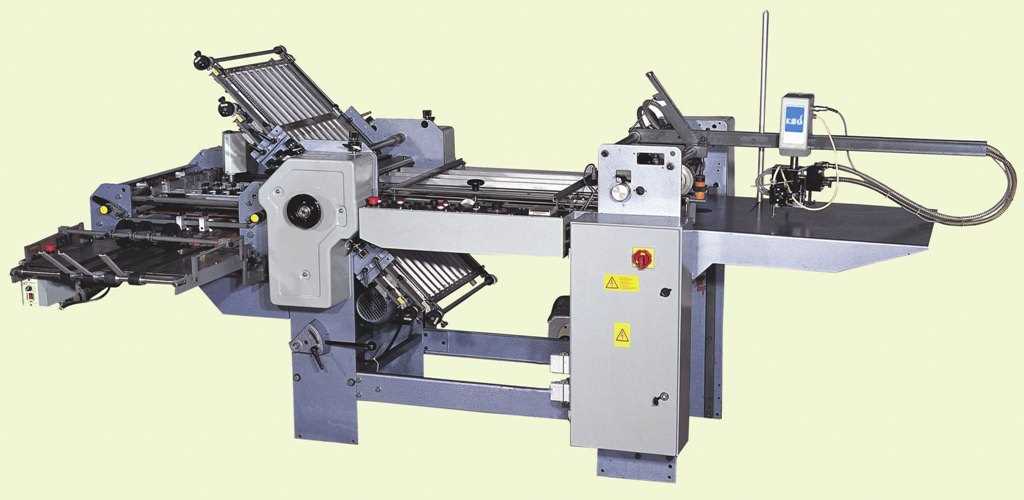
Image Source: Google
Paper folding machines have been revolutionizing workflow in offices and businesses around the world by significantly increasing efficiency and productivity. These machines are designed to automate the process of folding paper, saving valuable time and effort that would otherwise be spent on tedious manual folding.
One of the key benefits of the best paper folding machines is their ability to consistently produce precise and uniform folds. Manual folding can often result in inaccuracies and inconsistencies, leading to errors and rework. With a paper folding machine, users can select the desired fold type and size, ensuring that every document is folded to the exact specifications required.
Another advantage of paper folding machines is their speed and throughput capabilities. These machines can fold hundreds or even thousands of documents per hour, far surpassing the output of manual folding. This increased speed allows employees to focus on more strategic tasks, rather than getting bogged down in repetitive and time-consuming folding activities.
Furthermore, paper folding machines offer versatility in terms of fold types and paper sizes. Whether it's a simple letter fold, a complex accordion fold, or a custom fold specific to a particular project, these machines can accommodate a wide range of folding requirements.
In addition to improving efficiency and productivity, paper folding machines also help reduce costs associated with manual labor. By automating the folding process, organizations can minimize the need for additional manpower, saving on labor expenses in the long run.
This cost-saving benefit, combined with the increased output and accuracy of paper folding machines, makes them a valuable investment for businesses looking to optimize their workflow and maximize their resources.
Furthermore, paper folding machines are user-friendly and easy to operate, requiring minimal training for employees to master their use. Most machines come equipped with intuitive controls and settings that can be adjusted to suit specific folding requirements. This user-friendly design not only reduces the learning curve for operators but also helps minimize errors and downtime, ensuring smooth and efficient operation throughout the entire workflow process.
By mastering the efficiency of paper folding machines, organizations can enhance their overall workflow and achieve greater levels of productivity. These machines offer a host of benefits, including precise and uniform folds, high-speed throughput, versatility in fold types and paper sizes, cost savings on labor, and user-friendly operation.
